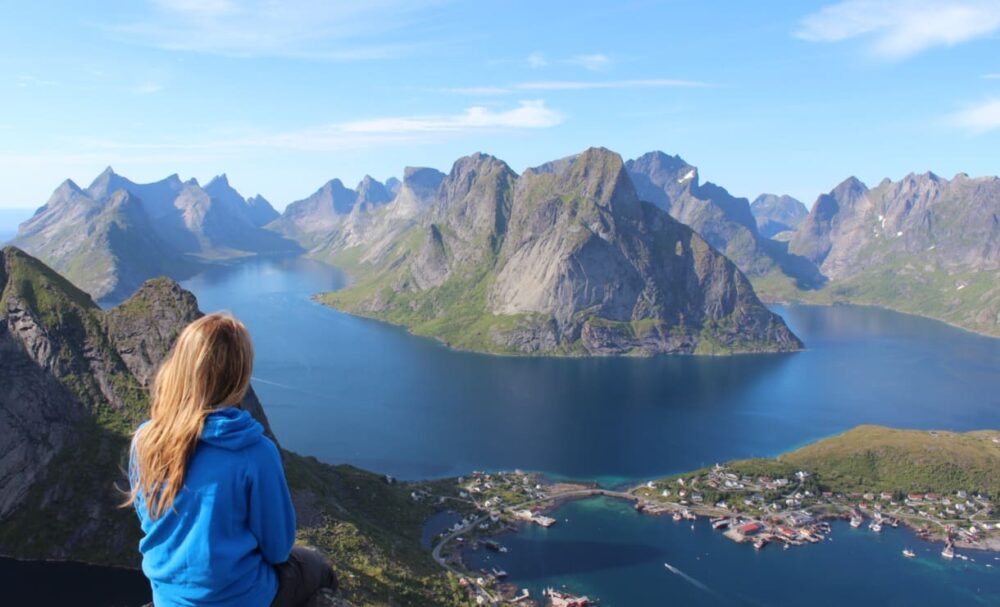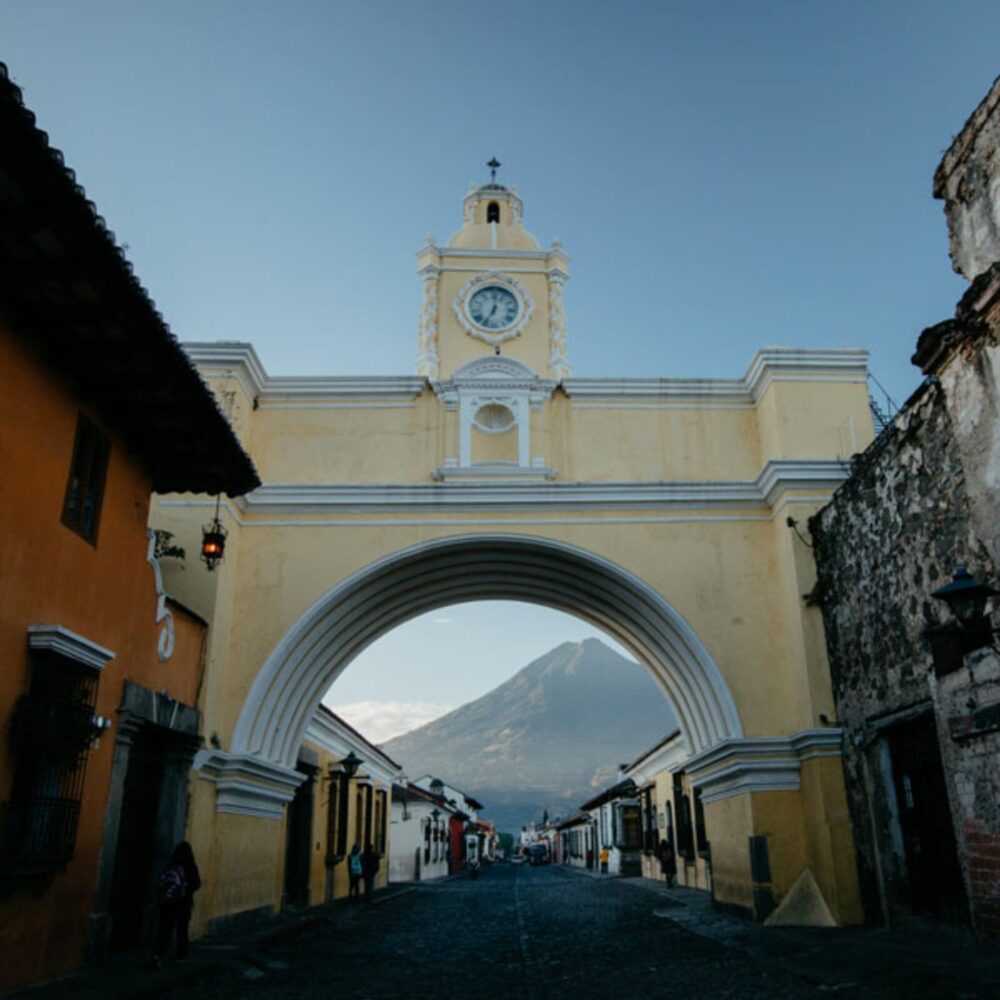Living in Swaziland has opened
my eyes to another religion, Islam, and to their practice of Ramadan. Every
Friday we watch as it seems like thousands pour out of the local mosque. We have
found that the Swazi Christians don’t like the Muslims and even criticize them,
because the Muslims are taking over, they seem to own just about every other
shop on the streets.
The point of this blog series is not to slam Muslims but to show Christians in the West what a serious issue this is here in Africa (and in the world). We need your prayers. Here is a brief synopsis of the life of the prophet that started Islam:
Muhammad
(Mohammed or Mahomet) was born around AD 570 in Mecca,
a city of Arabia.
Mecca was
already a shrine city where the Ka’aba (Cube) was located known as the “house
of Allah”. (Allah is the Arabic word for god.) Ka’aba was full of the images of
other gods and goddesses which Muhammad later banned.
Muhammad’s
father died before he was born and he was a member of the Hashim clan of the
powerful Quraysh tribe. Muhammad’s mother, Amina, died when he was only 6.
Muhammad went to live with his grandfather, who was the guardian of the Ka’aba.
Sadly, 2 years later his grandfather also died and from the age of 8, Muhammad
was brought up by his uncle, Abu Talib, who was a merchant along the great
camel trade routes.
As
a youth, Muhammad grew up during a time of economic unrest and discontent
concerning the vast difference between the very rich and the very poor. Pagan
worship abounded in Arabia, as there were an
estimated 360 gods and goddesses to appease, with over 124,000 prophets known
at the time. Muslim historians record that even as a boy Muhammad detested idol
worship and lived a morally pure life.
Muhammad
was employed by Khadija, a wealthy widow, to manage her caravan trade. He
became known as ‘Al-Amin’, the trustworthy one, and was a prominent member of
the trade guild of Mecca.
At
the age of 25 he married Khadija and their marriage produced 6 children, although
all of them died, except for the youngest daughter – Fatima.
Muhammad and Khadija were married for 25 years. Later, after Khadija died,
Muhammad endorsed polygamy and married several wives.
At
the age of 40, he became very concerned about the state of his fellow
countrymen and spent much of his time in meditation on religious matters.
During his life, Muhammad had met many Christians priests and Jews. He often
sought counsel from a particular ‘Jacobite’ monk who taught Muhammad many
aspects of Jewish religious customs.
During
the Arabic month of Ramadan, Muhammad often retreated to a cave on the slopes
of Mount Hira,
5 kilometers or 3 miles from Mecca.
It was during one of these times that Muhammad began to receive revelation and
instruction that he believed were from the archangel Gabriel. These revelations
form the basis of the Qur’an (Koran). In addition to the Qur’an is the book of
‘Hadiths’. The Hadith is the teaching of Muhammad and is an important part of
the life of a Muslim.
Muhammad
proclaimed that the (soon to be) Qur’an was the final and superior revelation
from the One Supreme God. He banned the worship of idols, and taught that a
Muslim’s life must be wholly committed to Allah with ritual washing before the five daily times of prayer facing Mecca.
Friday became the appointed day for corporate worship at the mosque.
Muhammad
died in AD 632 in Medina, Saudi Arabia.
This information was taken from an article about Islam and Muhammad on about.com.
Also read:
The Growth of Islam
Problems and Contradictions in the Quran
More on Islam









i used this for a project